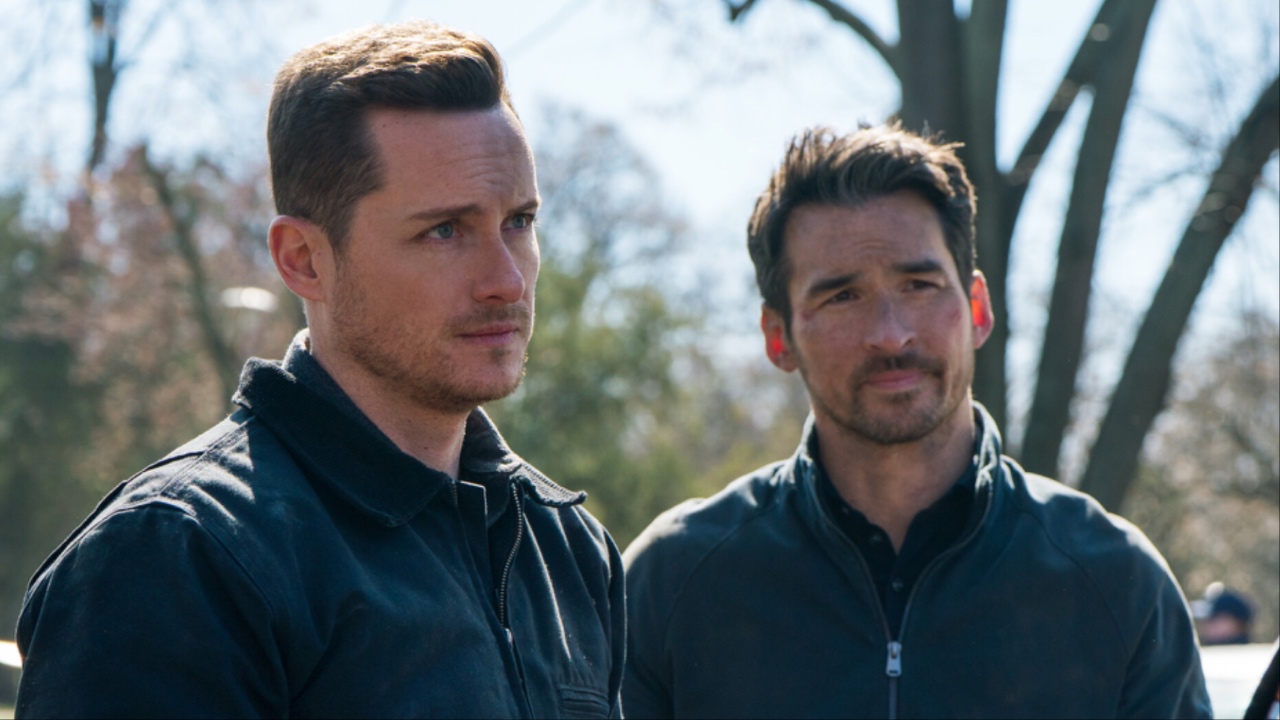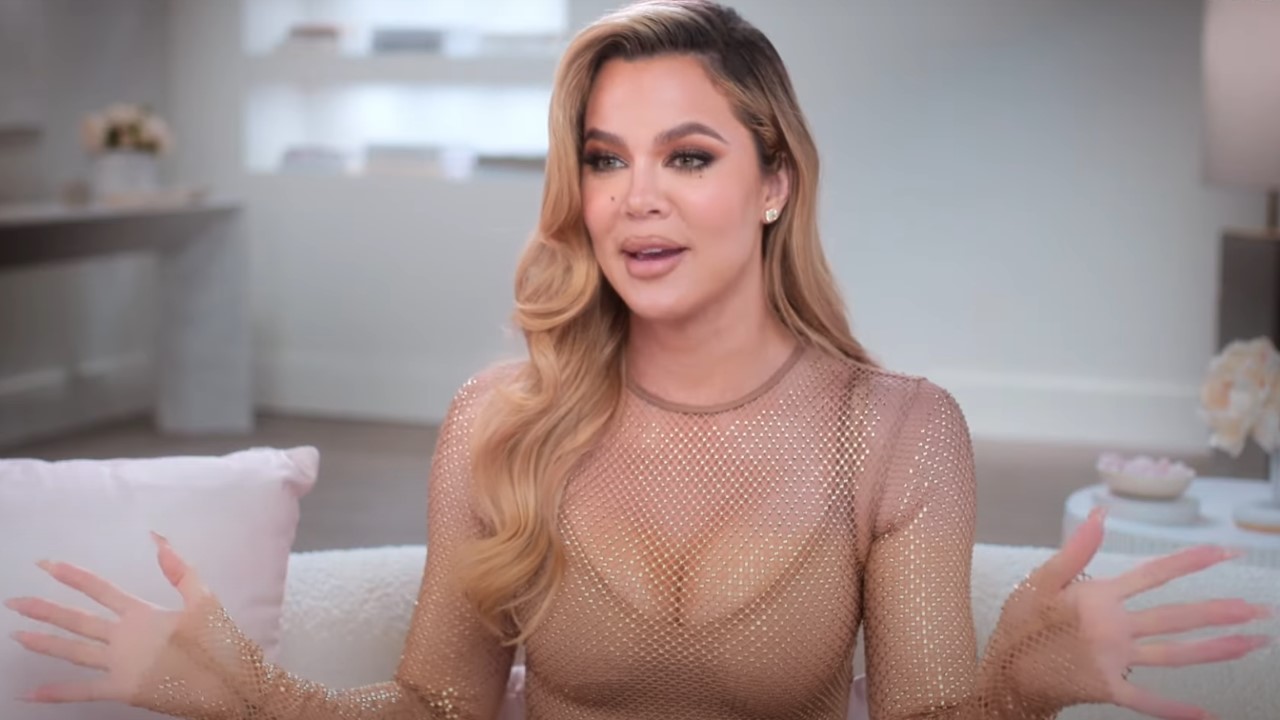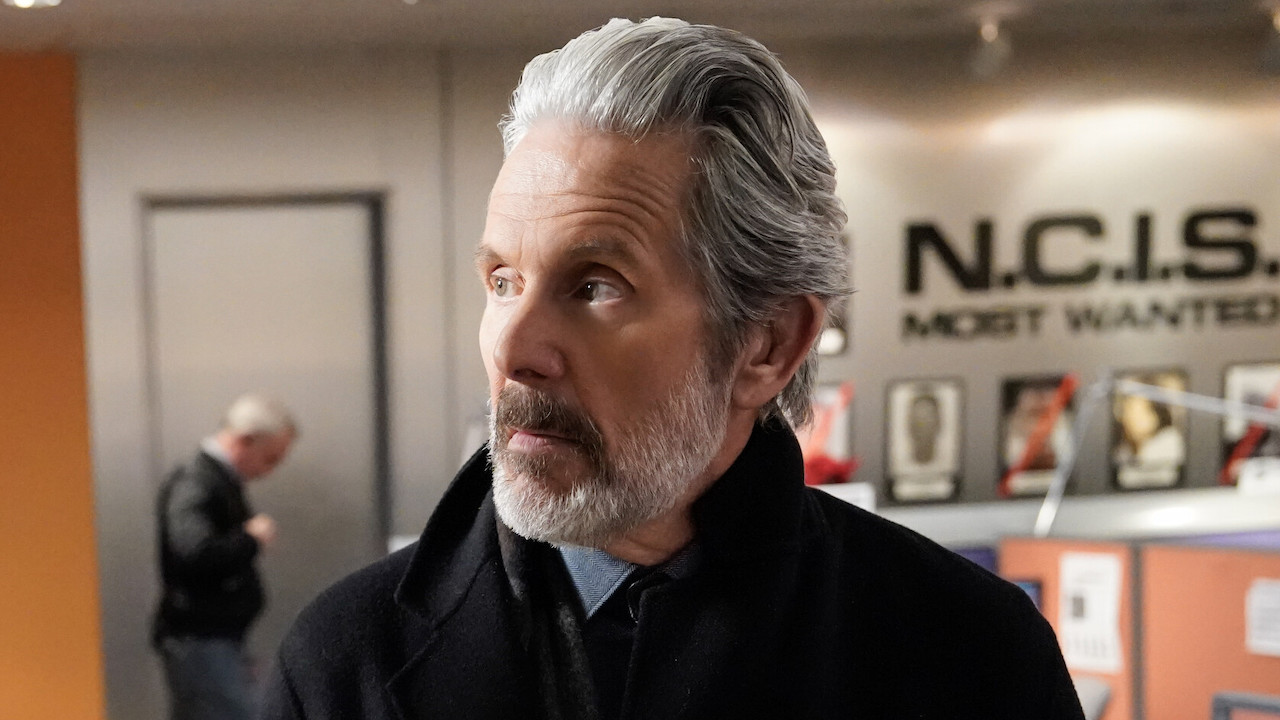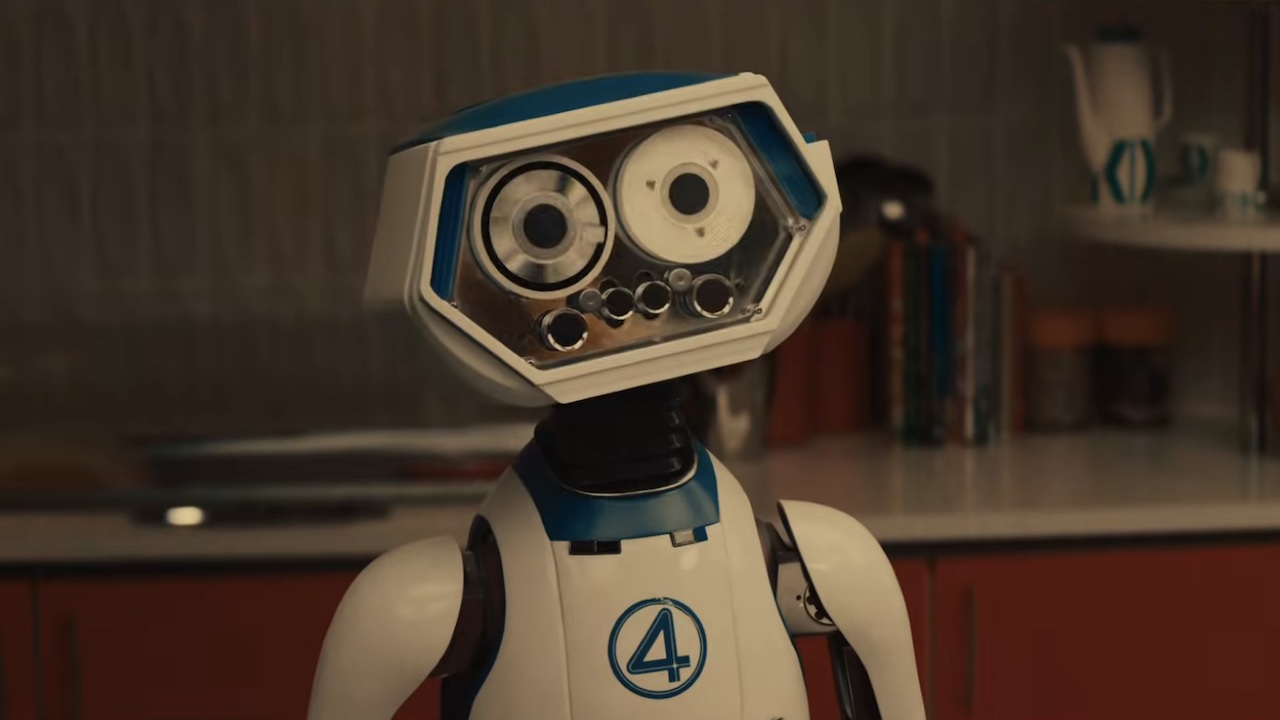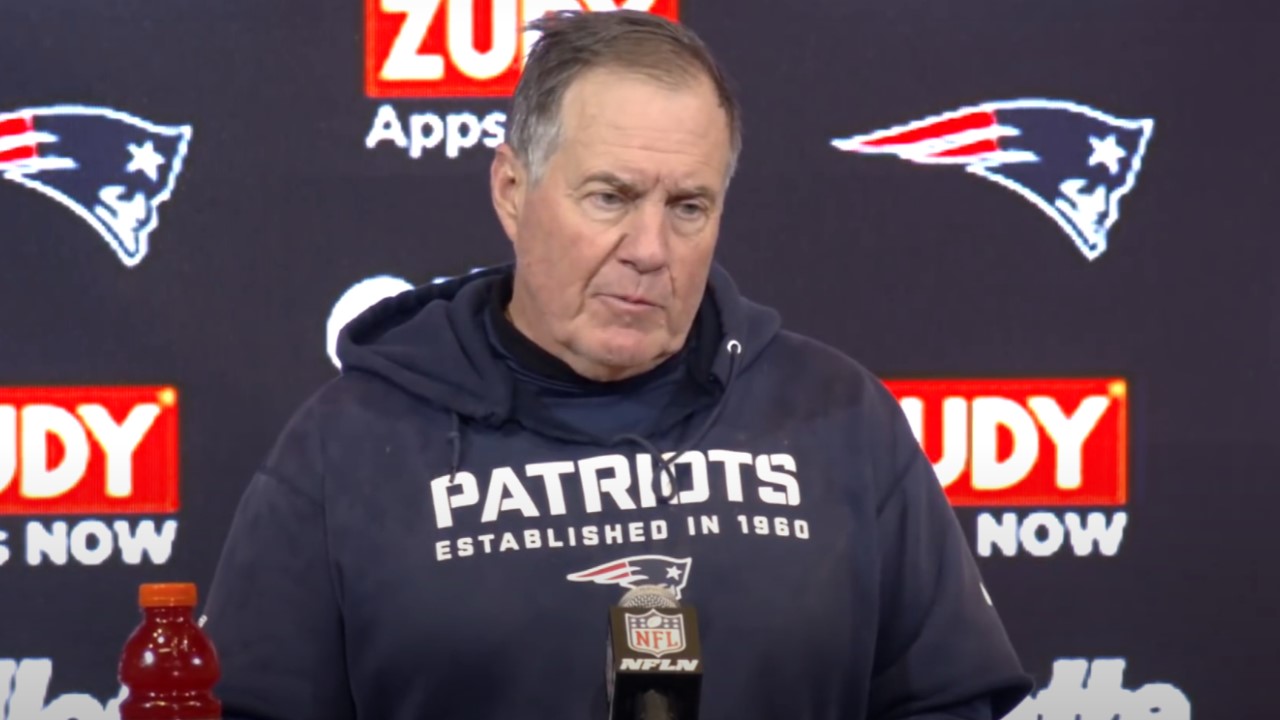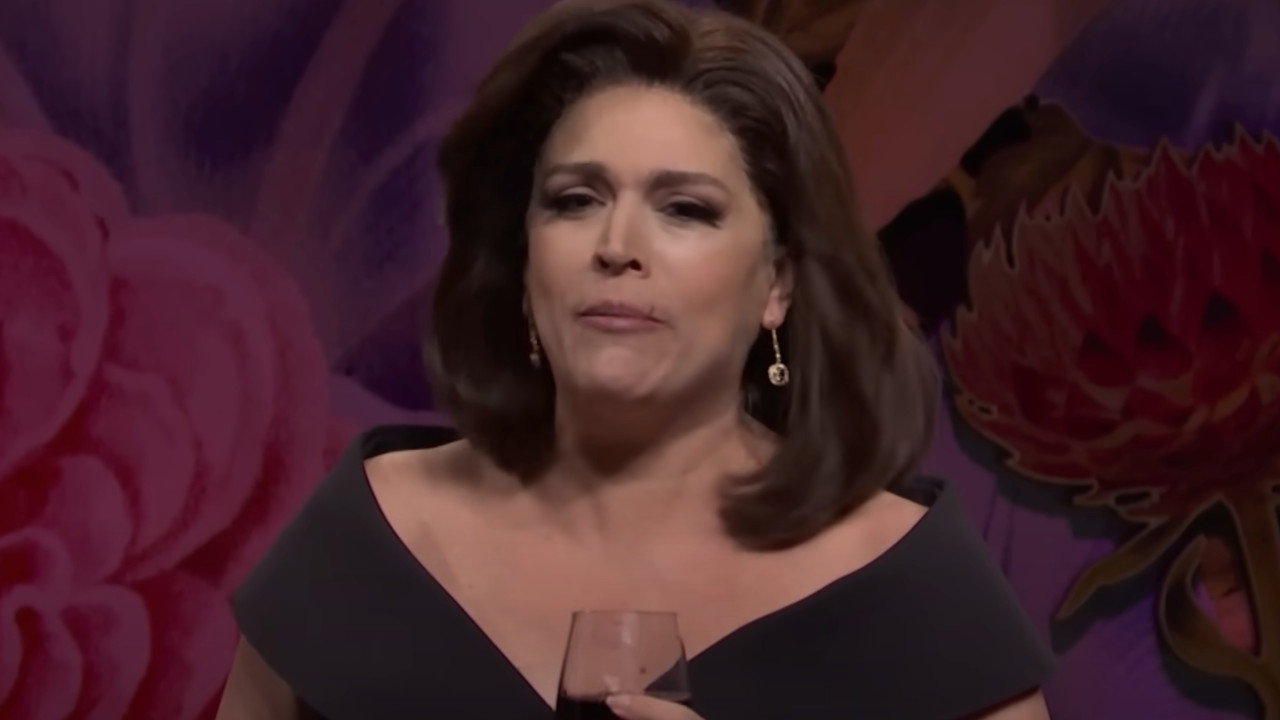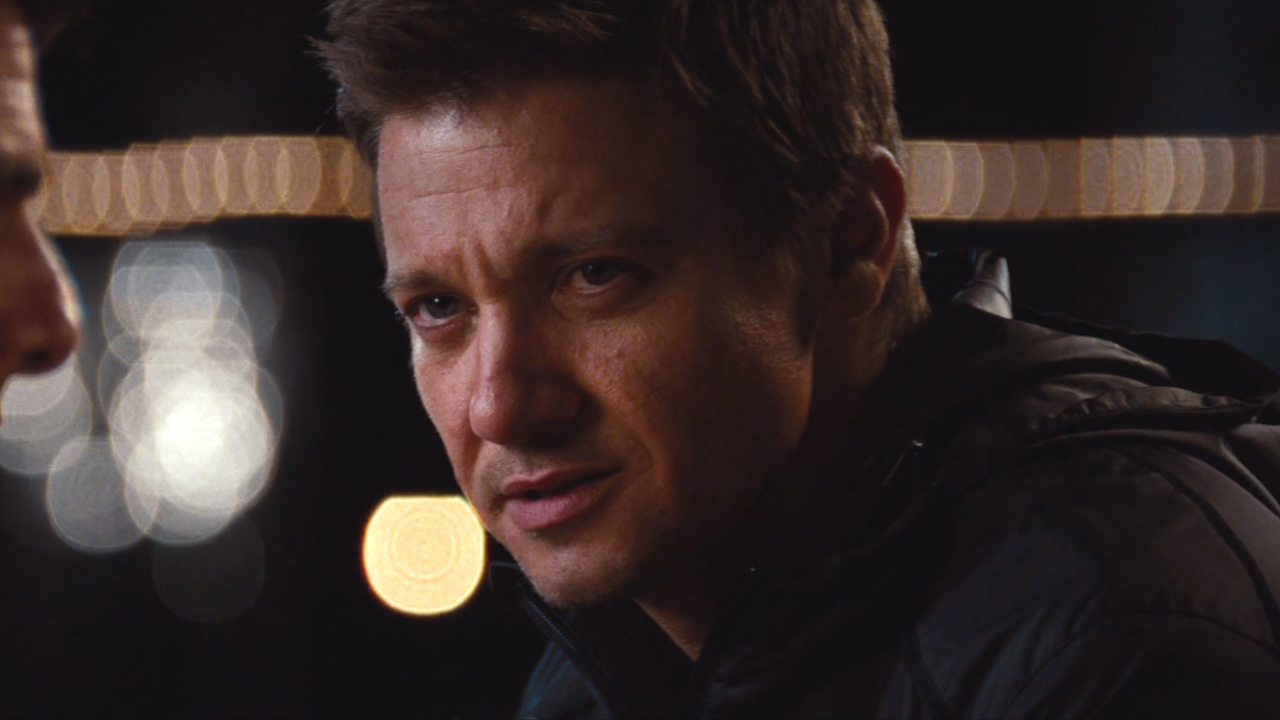Destiny 2 Review: Eyes Up, Guardian
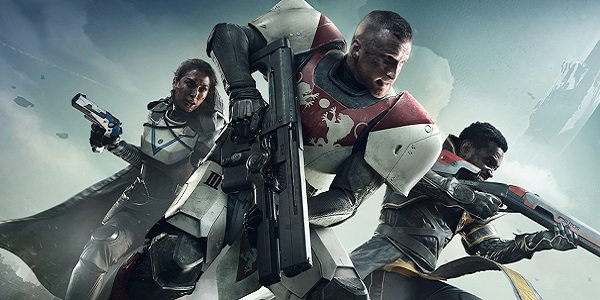
It's been three years since the launch of Destiny. That's three years for the team at Bungie to learn, grow and deliver a more robust, fully realized adventure with the recently released Destiny 2. So now for the big question: Did they rise to the occasion?
Destiny 2 is exactly what I wanted out of a sequel, improving on the series' formula in almost every conceivable way. While there are still plenty of wrinkles in need of ironing out, I'm feeling confident that this latest offering from Bungie will remain my gaming "comfort food" for years to come.
When the first Destiny launched, I think it's fair to say that even Bungie wasn't sure what kind of game they wanted to make. While the mechanics have always been razor sharp, most other aspects were less focused. Destiny was one part straight FPS and one part MMO. It included all sorts of leveling systems, crafting, and the like, but the problem was that those systems were needlessly convoluted and drove a game world with too little variety. Add to that a barely there campaign and a narrative that took itself a bit too seriously, and it's easy to understand why so many folks were initially disappointed.
Over the next few years, Bungie learned from its missteps and took measures to correct them. The activities became more engaging, the story gained weight and the mood shifted from Dunkirk to Firefly. Not that there's anything wrong with Dunkirk, but I'm guessing you'd rather go adventuring in the latter, right?
Eventually, Destiny was so packed with activities there was an almost overwhelming number of ways to spend your time while cruising around the galaxy. Even better, all of those clunky systems were eventually boiled down to their best components, making it fun to chase better loot without feeling like an absolute grind.
Destiny 2 has benefitted from those years of lessons learned in many, many ways; making it a far better base game than its predecessor.
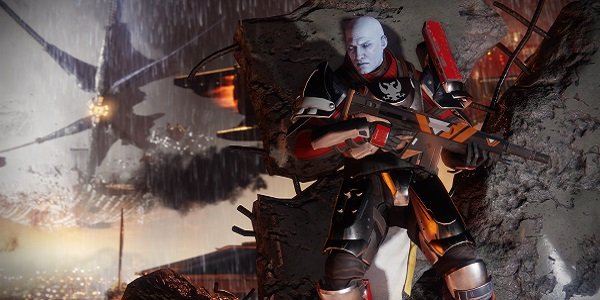
For starters, the campaign is livelier, more varied and far more focused than the original Destiny. Rather than trying to cram everything Destiny 2 has to offer down your throat throughout the dozen or so hours of the campaign, the primary goal here is to simply tell a story.
CINEMABLEND NEWSLETTER
Your Daily Blend of Entertainment News
The original Destiny ended with some hints that the Cabal army was going to be the next big bad in the game's universe. Destiny 2 opens with the biggest of those bads, Dominus Ghaul, leading his Red Legion in an attack on the Last City, the only safe place on Earth, where humanity is able to live and thrive. By taking The Traveler captive, Ghaul cuts Guardians off from the Light, a source of power that allows them to harness fantastic abilities and even return from death. That all probably sounds like nonsense to the uninitiated, so rest assured that the game does a much better job of easing you into the finer points than I'm doing here.
Rather than let Ghaul fly off with The Traveler, you'll spend your time in Destiny 2's campaign making his entire army regret the day they set their sights on our solar system. But while the original game's campaign boasted one shooting gallery after the next, Destiny 2 is packed with segments of platforming, varied mission objectives and even some fun new mechanics I don't want to spoil here. Even better, those missions are complemented by frequent story-driven cutscenes and lively radio banter that flesh out the details and help hold the whole thing together. In the end, the story may not quite live up to the spectacle promised in the opening hours, but it did a fine job of keeping me entertained throughout.
Again, this was partially achieved by letting the story, rather than the systems, take center stage. It was a bit jarring at first, but many of the game's systems that have become the bread and butter of Destiny don't even come into play until near the end (or even after) the campaign. Your loot drops in the early going are small, but plenty to keep you leveling at a steady clip. Your missions will only take you to a sliver of each world you visit, leaving the rest to be explored at your leisure or, as I would recommend, once you've wrapped up the campaign.
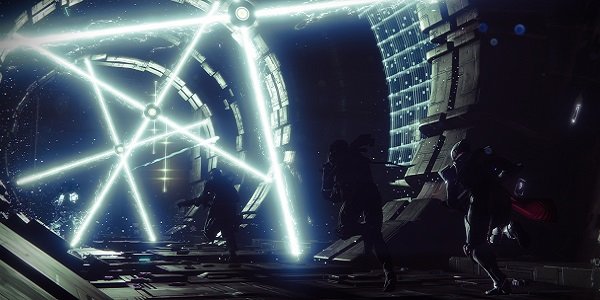
Even the Strikes, Destiny's bigger three-player missions, are basically absent from the initial proceedings. Heck, you don't even get a Sparrow (your space scooter) until after the story is complete unless you get super lucky on a loot drop. All of that helps keep you from getting too distracted, making the game more manageable while you work your way through The Red War.
Once you've completed the campaign, though, Destiny 2 is blown wide open. Most of those missing systems show up in new and improved forms in the closing hours of the story and, once you've had a heart-to-heart with Ghaul, you're left to discover a large amount of endgame content at your own pace. While the sheer size of the original Destiny after three years of DLC drops might make Destiny 2 feel a bit quaint by comparison, I think there's still enough here to keep players busy until that first major update arrives this winter.
For starters, you've got four new locations to visit, including the wooded European Dead Zone on Earth, the methane oceans of Titan, the haunting Io and the Vex-converted Nessus. Each of these locations is swarming with rivals from the Cabal, Hive, Fallen, Vex and Taken armies, and they're all densely populated with activities to tackle. If I'm being honest, I think Oryx's Dreadnaught (and the Plaguelands, to a lesser extent) spoiled me a bit in the original Destiny. That location was so cleverly and meticulously constructed that it became a character in its own right. While the locales in Destiny 2 hide plenty of their own secrets and fun discoveries, none of them have grabbed me quite like that menacing, living beast floating in the rings of Saturn.
As starting locations, though, the roster in Destiny 2 serves its purpose well. They're decently distinct and packed with recognizable landmarks, open spaces, narrow corridors, the occasional alien structure, and more tunnels and caves than you can shake a Gjallarhorn at. When you're not too busy just freely exploring, you'll discover Adventures (story-driven side missions), quick Patrols, frequently occurring Public Events, Flashpoints (targeted weekly events), Lost Sectors (loot and enemy-filled caves), Treasure Hunts, and more to keep you busy. In the midst of all of that, you'll also stumble across new gear, hidden chests, and items that will help you gain favor with each location's vendor which, in turn, will give you access to even more loot.
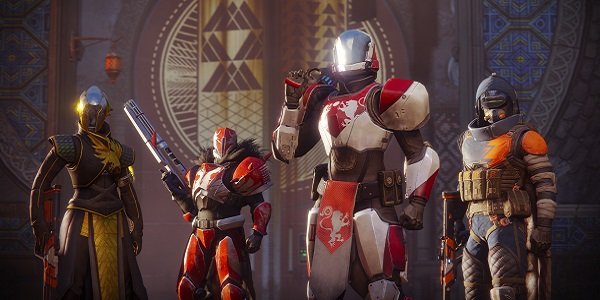
You can break up that time with Destiny 2's handful of Strikes, which boast the same improvements as the story-driven campaign, complete with more platforming, fresh mechanics, and memorable set pieces. If you're feeling especially bold, you can join a team of six and take on the new Leviathan Raid.
If you're feeling more competitive, then Destiny 2 also has a Crucible geared toward PvP antics, with a variety of maps and modes to keep you coming back for more. While I like the new maps and definitely appreciate the more strategic 4v4 matches (in comparison to the almost spastic 6v6 matches of the original game), I was a little disappointed in one of the new modes, Countdown. A "bomb setting" mode in Destiny seems like a solid addition but, since the round will also end if each party member dies, I haven't experienced a single round that didn't just devolve into team deathmatch. Everything else, though, is solid, and we've still got special activities like the Iron Banner and Trials of Osiris to look forward to in the coming months.
As if all of that isn't enough, we've still got the super-hard Nightfall Strike challenging players on a weekly basis, Milestones (overarching objectives) to work through, and Exotic quests to discover and complete in order to earn some of the best gear in the game. And while Bounties haven't returned to Destiny 2, pretty much every activity now has Challenges that refresh regularly and serve the same purpose. While tooling around on Io, for instance, you can choose to tackle the day's Challenges of killing 20 Fallen, completing three Patrols and looting a Lost Sector in a specific zone to earn additional rewards.
On top of all of that, Bungie has made a ridiculous number of quality of life improvements to the core game. While maps aren't as detailed as I would like, you can now easily jump to key locations with quick travel. You can also bounce from place to place on the fly rather than constantly having to go to orbit and then choose your next destination. Improving your gear through infusion is more straightforward than ever and, rather than pray to the Cryptarch for random stats on your weapons, gear is now standardized and customizable with modifications. You no longer have to grab certain materials to upgrade certain gear, and said gear no longer has to be tediously leveled. This gets rid of a lot of the unnecessary grind in Destiny. You still have plenty to do and collect, but the systems are now streamlined and the rewards don't take as long to achieve.
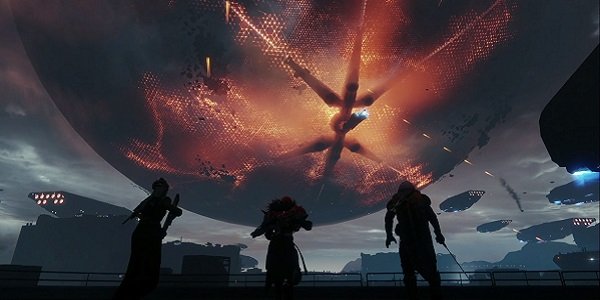
The only system to get slimmed down that I wish remained a bit more complex is sub-class leveling. Working through sub-classes is a snap and your options are nowhere near as varied in Destiny 2. Once you pick your grenade, jump and class ability, everything else gets grouped into two paths that you can't really stray from. This probably serves the purpose of keeping things nice and balanced, but I kind of miss tooling around with abilities until my character is specced to complement my strengths and compensate for my weaknesses.
The original Destiny evolved into one of my favorite games of all time and, right out of the gate, Destiny 2 is already proving itself to be a better experience. Over the past eight days, I've poured a couple dozen hours into the game and can see myself continuing that trend in the months ahead. I've still got plenty of content to work through moving forward, and that doesn't even count building a Warlock and Titan to complement the Hunter I've been leveling. If things get a bit repetitive, Bungie has set a precedence of introducing regularly occurring events to keep things fresh. I can only imagine the monster this game will grow to be over the course of another three years.
But unlike its predecessor, Destiny 2 doesn't need to build to greatness; it's already there.
This review based on a PlayStation 4 download provided by the publisher.
Staff Writer for CinemaBlend.
Thunderbolts* (New Avengers?) Successfully Avoids A Bad Marvel Box Office Trend From Recent Years As Sinners Crosses A Milestone
As Cancelations Keep Coming Down The Pipeline, CBS Admits It’s Been A ‘Challenging’ Year
Ghosts' Showrunners Explain Why They Ended Season 4 On THAT Kiss, And Why There's 'A Lot Riding' On This Relationship

